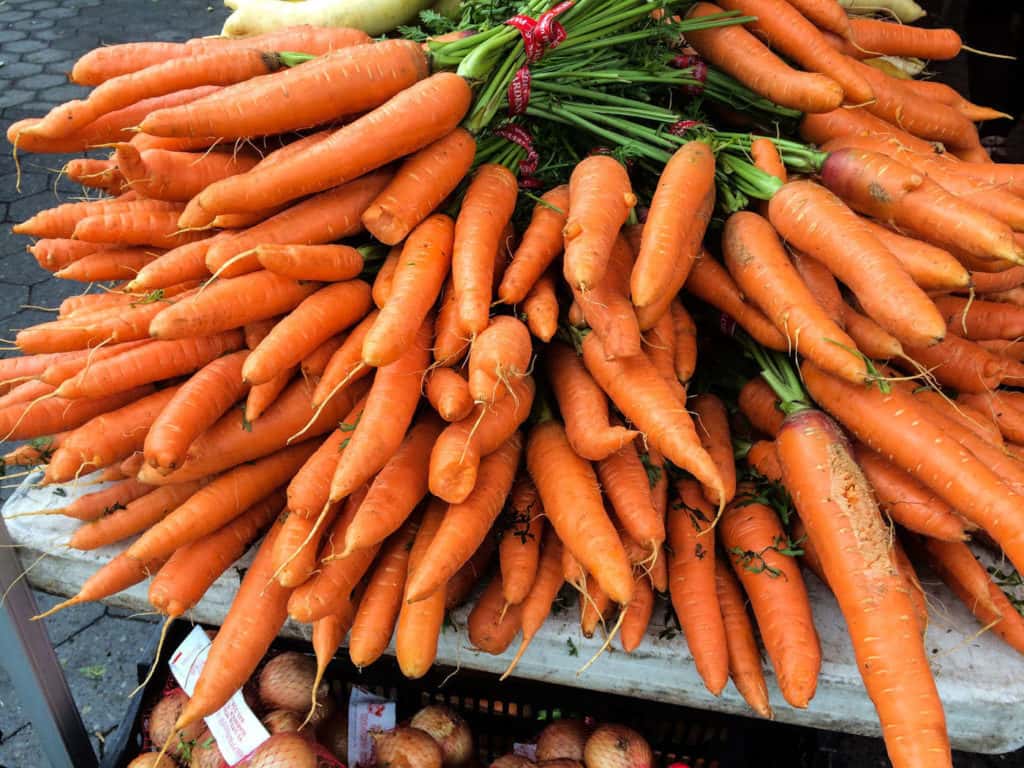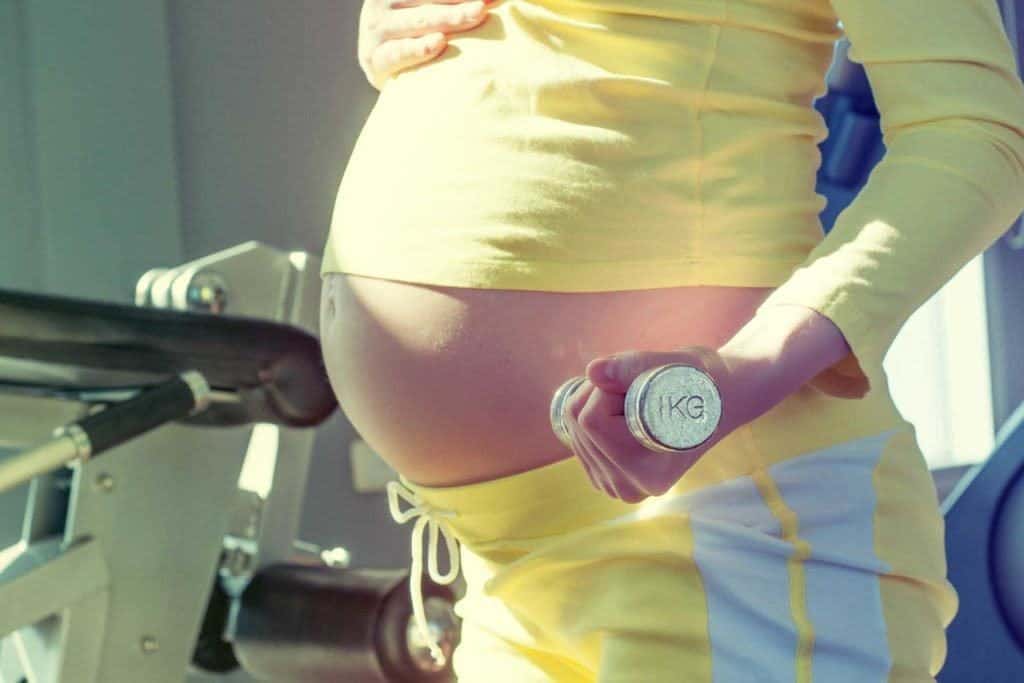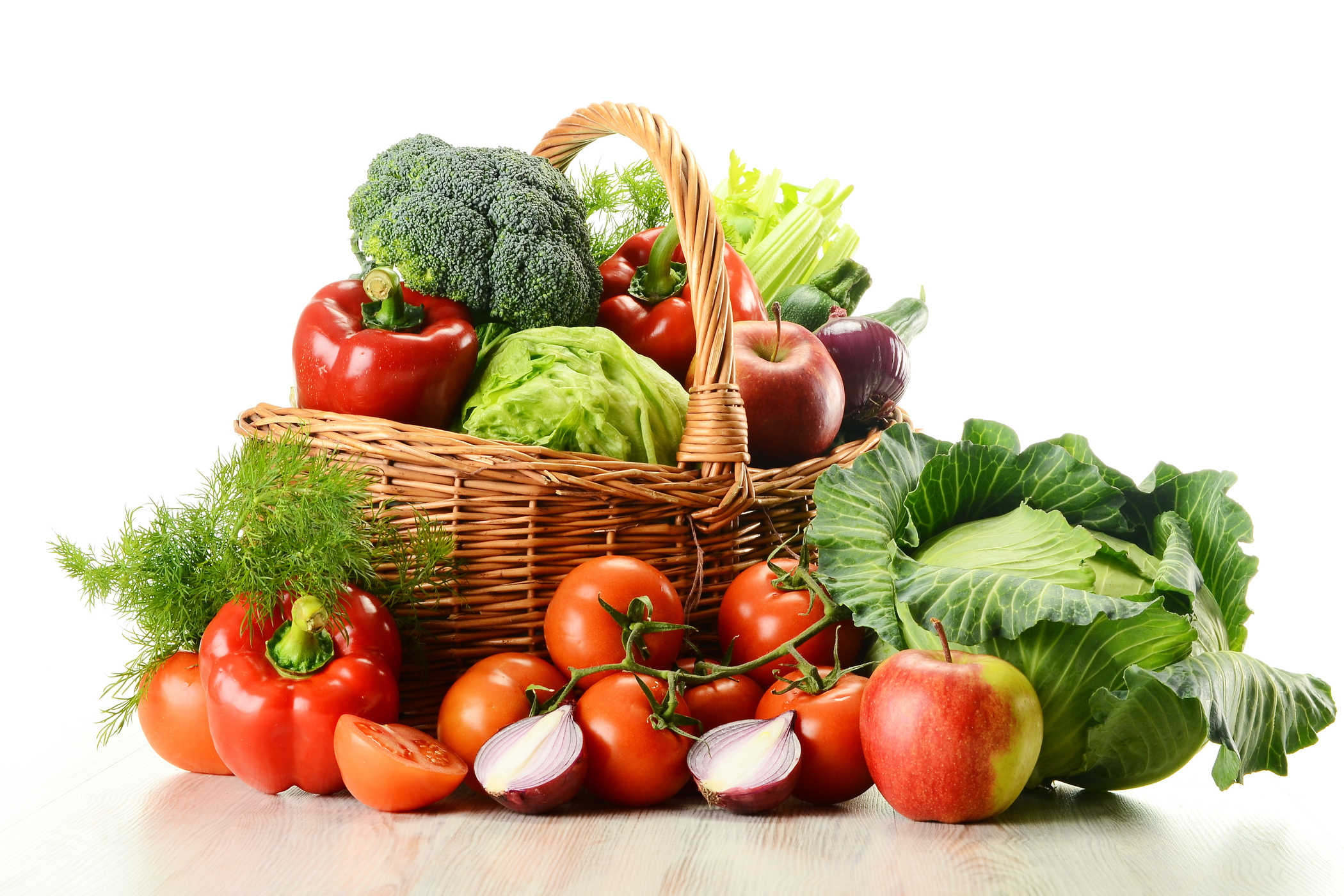Contents:
- Medical Video: Superfoods for Growing Children
- What are the consequences if my child lacks vitamin A?
- How much vitamin A does my child need?
- List food sources of vitamin A
Medical Video: Superfoods for Growing Children
Vitamin A is one type of fat-soluble vitamin that is found in meat, liver, dairy and egg products, fruits, green vegetables, and red palm oil. Vitamin A is often associated with blindness problems, but micronutrients contained in vitamin A also play an important role as an immune system supporter. Vitamin A deficiency in the body will prevent the immune system from working to fight diseases, such as diarrhea, measles, and respiratory infections.
Improving nutrition in children with vitamin A (VAD) deficiency will reduce child mortality by 23%, or almost ¼ child mortality. Furthermore, children who consume enough vitamin A will be more productive and reduce the number of absences in school due to illness.
What are the consequences if my child lacks vitamin A?
Vitamin A deficiency can be caused by unbalanced nutrition, fat malabsorption, or liver disorders. Vitamin A deficiency will weaken the immune system and production of red blood cells (hematopoiesis), cause skin rashes, and visual disturbances (for example xerophthalmia, night blindness). A diagnosis will be made based on the findings of vision problems and low levels of vitamin A in the body. Therapy can be done including doses of taking vitamin A or, if signs of the disease are severe or caused by malabsorption, injection can also be performed.
The main cause of vitamin A deficiency is poor nutrition. Malnutrition is still endemic in some developing countries, especially South and East Asia, where rice (which does not contain beta-carotene) is the staple food of the population. Xerophthalmia caused by deficiency is a common cause of blindness in children in developing countries.
Other more common causes include:
- Decreased bioavailability of provitamin A carotenoids
- Problems with digestion, storage, or transport of vitamin A
Disorders of the digestive system or storage are commonly found in celiac disease, cystic fibrosis, pancreatic disorders, duodenum obstruction, chronic diarrhea, bile duct obstruction, giardiasis, and cirrhosis. Vitamin A deficiency is commonly found along with prolonged protein-energy nutritional deficiencies, which are not only caused by poor dietary arrangements, but also because of the storage and transport system of vitamin A that cannot work properly.
In children with chronic measles, vitamin A therapy can accelerate recovery by reducing the severity of signs of disease and the risk of death.
How much vitamin A does my child need?
- Age 1 - 3 years: 1,000 IU, or 300 microgram (mcg) of vitamin A retinol activity equivalent (RAE) every day
- Age 4 years and over: 1,333 IU, or 400 mcg RAE every day
You do not have to fill all the total RDA of vitamin A for your child in one day. Alternatively, you can pay attention to the fulfillment of your child's vitamin A intake according to the number of recommendations as an average every few days or per week.
List food sources of vitamin A
Colorful fruits and vegetables are rich in vitamin A. Here are some examples of the best sources of vitamin A:
- 1/2 cup of carrot juice (118 ml): 22,567 IU
- 1/4 cup of boiled yam / team (50 g): 12,907 IU
- 1 fresh carrot (approximately 20 cm): 8,666 IU
- 1/4 cup boiled carrots / team (40 g): 6, 709 IU
- 1/4 cup boiled spinach / team (55 g): 5,729 IU
- 1/4 cup cantaloupe (55 g): 5,717 IU
- 1/4 kale boiled cup / team (35 g): 4,979 IU
- 1/2 cup canned vegetable soup (120 g): 2,910 IU
- 1/4 cup of melon (40 g): 1,352 IU
- 1/4 cup of apricots, and apricot juice (65 g): 1,031 IU
- 1/4 cup of red paprika (45 g): 720 IU
- 1/4 cup of fresh spinach (55 g): 703 IU
- 1/4 cup cut mango (50 g): 631 IU
- 1/2 cup of otmeal cereal, cooked with water (60 g): 626 IU
- 1/4 cup boiled broccoli / team (40 g): 603 IU
- 1/4 cup boiled peas / team (40 g): 525 IU
- 1/2 cup of tomato juice (125 ml): 546 IU
- 1/2 cup of vitamin and mineral enriched milk (125 ml): 250 IU
- 1/4 cup canned peaches (peaches), and peach juice (63 g): 236 IU
- 1/2 portion of scrambled eggs (30 g): 160 IU
- 1/2 ounce of cheddar cheese (50 g): 142 IU
- 1/4 cup of green paprika (40 g): 137 IU
- 1/4 cup fresh peach (120 g): 125 IU
- 1/4 cup of papaya (35 g): 83 IU
Vitamin A levels contained in foods will vary depending on the size of fruit or vegetables.
Your child may eat less or exceed the average amount of food mentioned above, judging by his age and appetite. Estimate the nutritional content according to your child's needs.












